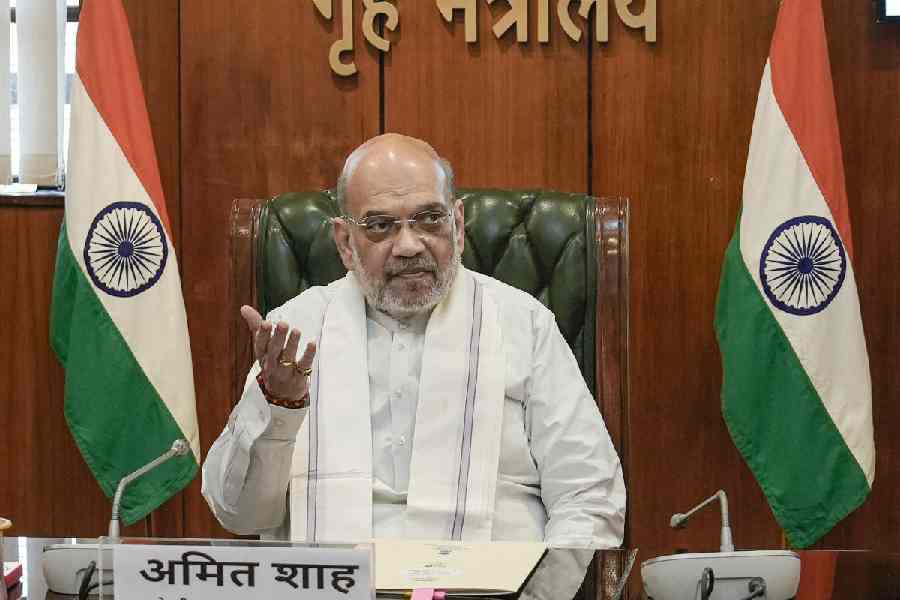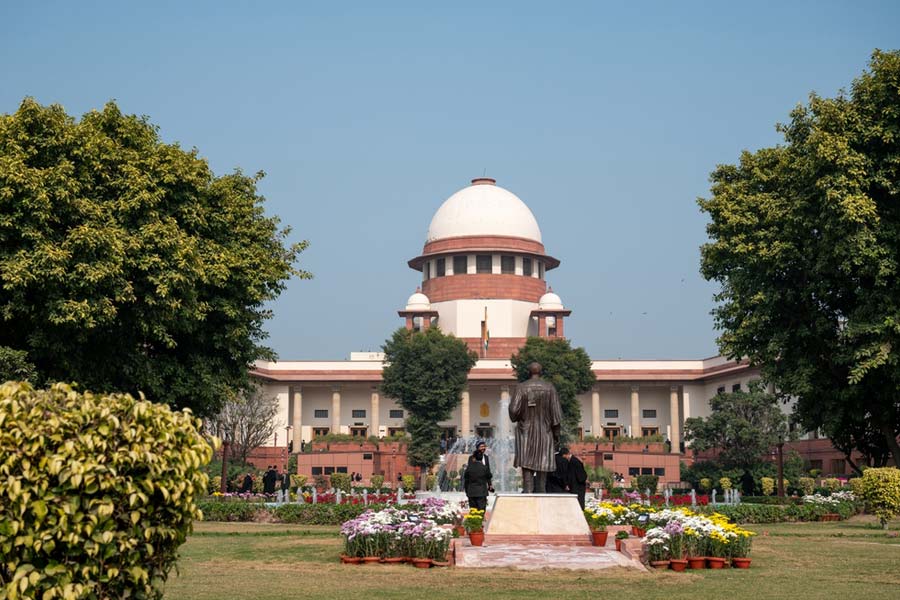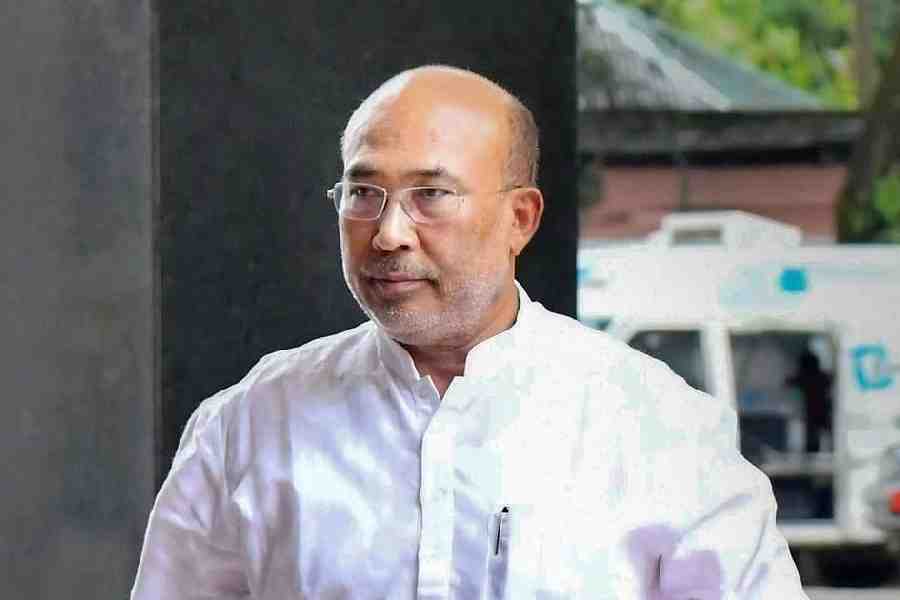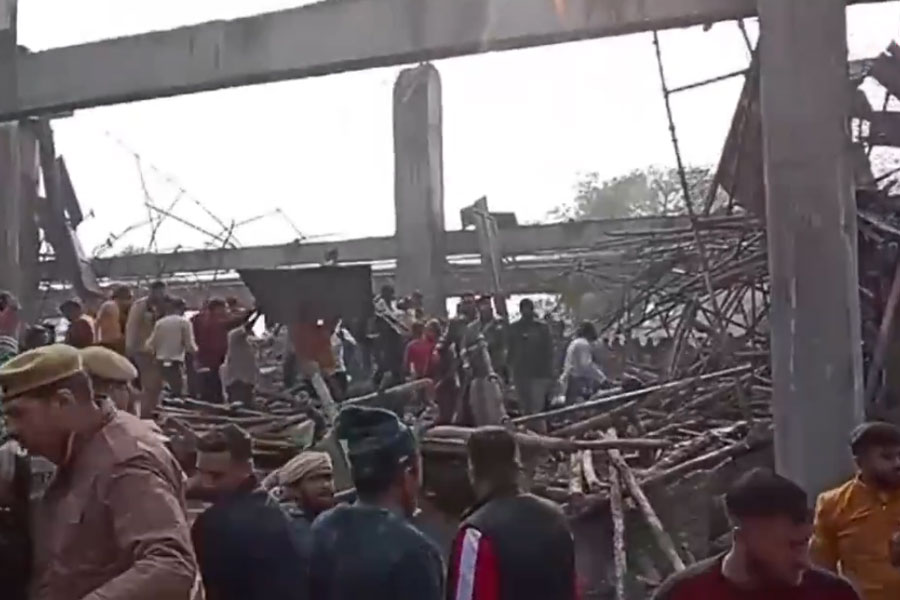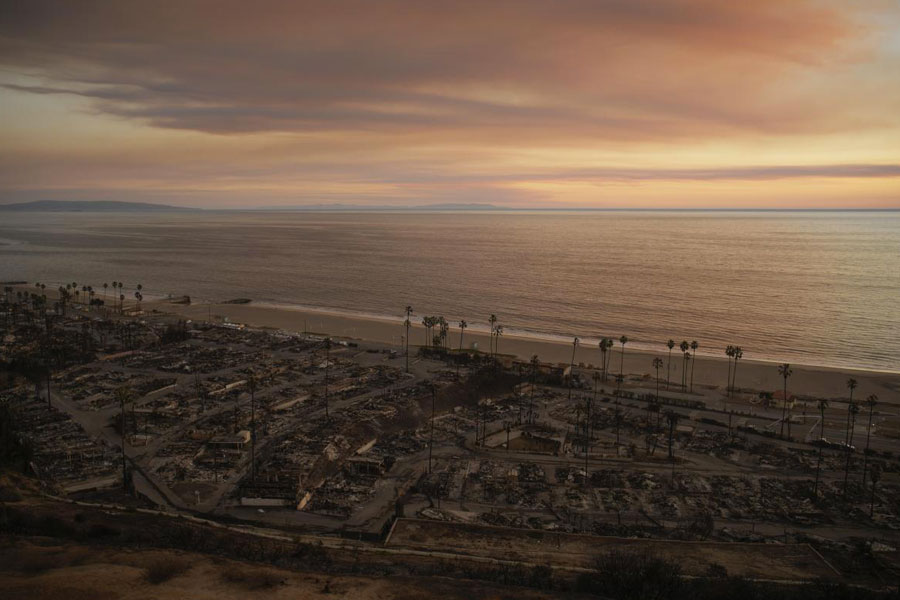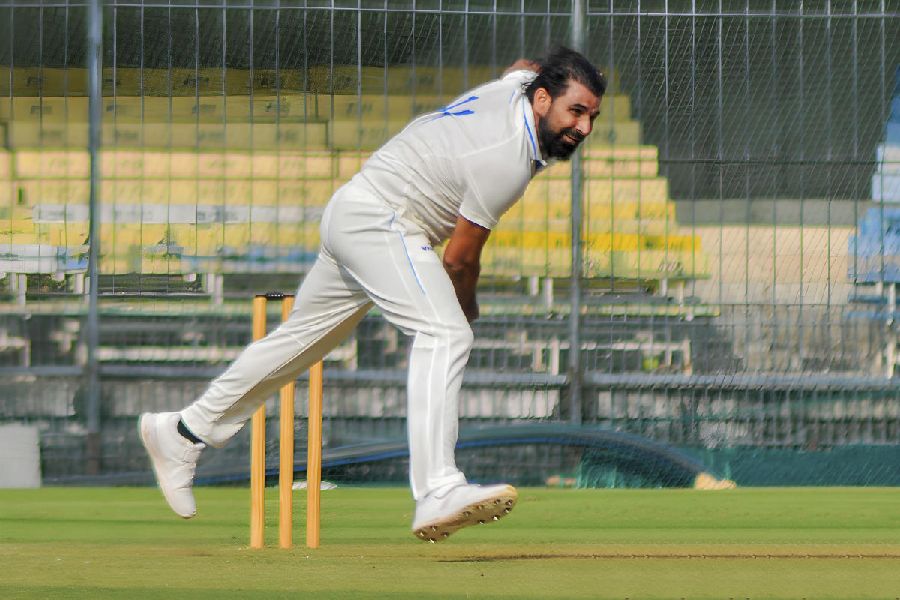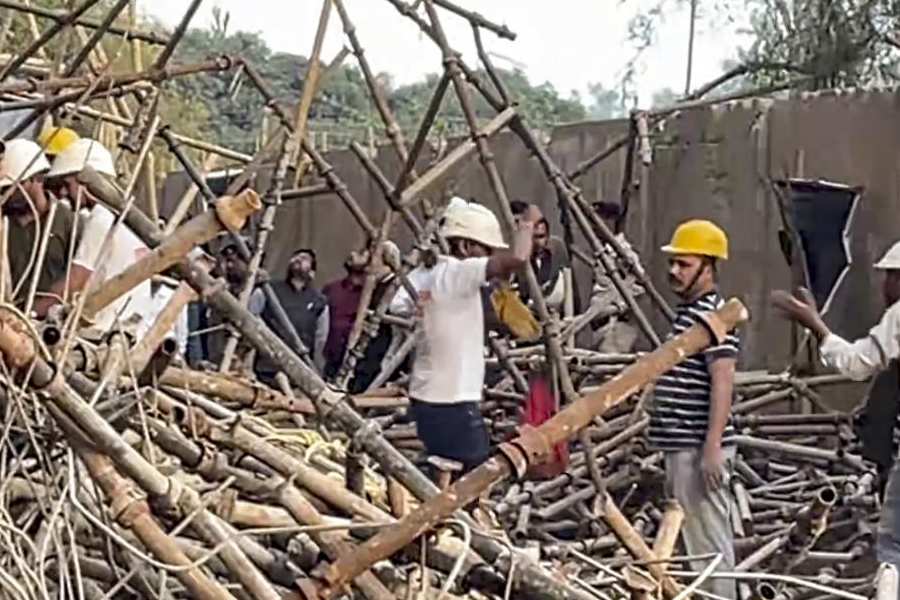The Union home ministry has asked the CRPF to identify “urban Naxals” and “overground” Maoist strategists and sympathisers as part of a crackdown on the rebels’ network in the cities, sources in the paramilitary force said.
“Urban Naxal” is a Right-wing concoction whose existence even the home ministry had denied in Parliament but which continues to feature in speeches of BJP leaders, including Prime Minister Narendra Modi, as one of the foremost threats to the country’s security. The term covers in its sweep dissenters and other critics of the Modi government. In the run-up to the recently held Maharashtra elections, Modi had said the Congress was being run by “a gang of urban Naxals”.
The Central Reserve Police Force (CRPF) is India’s primary counter-Maoist unit. It also battles insurgency in Jammu and Kashmir andthe Northeast.
“The home ministry has directed the paramilitary force to identify the front organisations of Maoists functioning in several cities across the country. The ministry has asked us to track down such overground Maoist strategists and sympathisers and launch a crackdown on urban Naxals with the help of state police forces,” said a CRPF official.
Sources in the ministry said intelligence reports suggested that several front organisations of Maoists were functioning in Calcutta, Delhi, Mumbai, Chandigarh, Ranchi, Hyderabad, Thiruvananthapuram, Madurai, Nagpur and Pune in the garb of NGOs and civilrights organisations.
Sources said these front organisations provide logistical support to the armed struggle in the jungles, ensuring fusion between overground and underground activities. They are also responsible for “recruiting educated youths to support the movement” and play the role of “ideologues”.
“The intelligence report said the CPI(Maoist) attaches immense importance to the urban movement which works towards creating a united front to support their cause. The urban movement is the main source to provide leadership and resources to the CPI(Maoist),” said a home ministry official.
According to the report, the responsibility for the provision of supplies, technologies, expertise, information and other logistics support is also shouldered by the overground activists/sympathisers in urban centres,he added.
In the past, Modi had stressed the need to root out all forms of “Naxalism”, whether “the ones with guns or the ones with pens”. In a written reply in March 2020, the home ministry had, however, told Parliament that the phrase “urban Naxals” was not used by the ministry.
The term urban Naxals became popular in 2018 when many critics of the Modi government, such as the Elgaar Parishad accused, were branded so, along with being “anti-nationals”, and arrested on charges of links with Maoist groups and an alleged ultra-Left plot to assassinate the Prime Minister.
Social scientist Prabhat Patnaik, in an interview with The Telegraph last year, had said “urban Naxal” was a label to terrorise intellectuals. “The terrorisation of intellectuals is not just meant to silence them and to force other intellectuals into eschewing dissidence, it is also meant to create an impression among the public that there are all kinds of conspiracies afoot, that the country is besieged, and so on,” Patnaik had said.

